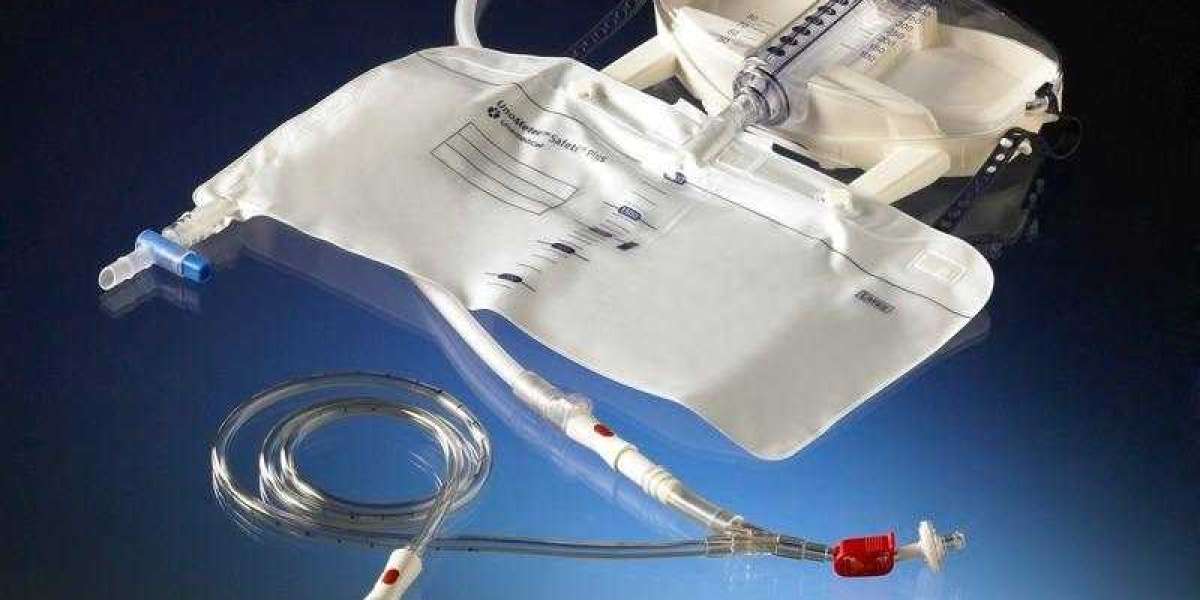IAP measurement devices have become an essential tool for monitoring patients at risk of developing abdominal compartment syndrome (ACS). Precise measurement of IAP allows for early detection of dangerously high pressures in the abdomen that can compromise organ and tissue function. With early recognition, life-saving decompressive treatments can be promptly initiated to reverse the effects of ACS. This article discusses the significance of IAP monitoring, currently available measurement devices, and their role in managing this potentially lethal condition.
Pathophysiology of Abdominal Compartment Syndrome
ACS is a condition characterized by sustained elevated IAP above 20 mmHg that is associated with new organ dysfunction. It most often occurs secondary to causes like massive fluid resuscitation, pancreatitis, trauma, or sepsis. The high pressure within the confined abdominal cavity compromises circulation to the intestines, kidneys, and other abdominal organs. Left untreated, this can lead to multi-organ failure and even death. IAP acts as a surrogate marker for the degree of perfusion to abdominal organs. Precise quantification is therefore crucial for early recognition of dangerous pressures and guiding timely clinical intervention.
Types of Intra Abdominal Pressure Measurement Devices
There are several FDA-approved devices commercially available for intra-abdominal pressure monitoring in critically ill patients:
- Bladder Pressure Monitoring Catheters: These Foley-type catheters with additional ports are considered the gold standard. They directly measure bladder pressure which accurately approximates IAP.
- Intravesical/Suprapubic Transducers: Thin transducers are placed directly into the bladder through a Foley catheter or small incision above the pubis.
- AbViser: This abdominal access device uses a flat disposable connector to indirectly measure IAP via the stomach after placement through the mouth.
- FoleyManometer: A specialized Foley catheter is attached to a transducer-manometer unit for bedside IAP readings without additional equipment.
All devices require sterile technique and zeroing to atmospheric pressure prior to each measurement. Pressures are recorded at end-expiration during short vessel occlusion to avoid fluctuation from respiration.
Monitoring Protocol and Clinical Application
Most expert guidelines recommend routine IAP monitoring in high-risk patients with an established clinical protocol. Measurements are typically performed and recorded every 4 hours but can be more frequent if the clinical status changes rapidly. Sequential assessments allow clinicians to track pressure trends over time rather than single readings.
Elevated or increasing IAP alerts the healthcare team to the possibility of developing ACS before overt organ dysfunction occurs. This enables proactive intervention like conservative measures, surgical decompression, or drainage procedures to reduce pressure. Guidance on treatment is based on both IAP level and new organ dysfunction using the World Society of the Abdominal Compartment Syndrome consensus definitions.
Outcomes with Early Monitoring
Multiple studies have shown the benefits of early IAP monitoring to detect ACS and guide therapy. Early decompression surgery for refractory elevated pressures above 25mmHg or 20mmHg with new organ dysfunction is associated with significantly reduced mortality compared to late or no surgical intervention.
In high-risk patient populations like severe traumatic brain injury, monitoring identifies ACS in up to 20% who would otherwise go unrecognized. Early diagnosis prevents the severe circulatory and respiratory complications caused by dangerously high and progressively worsening IAP. It allows timely reversible treatments to be instituted before irreversible end-organ damage develops.
Overall, the ability to continuously track IAP enables clinicians to intervene proactively rather than reactively to prevent the lethal cascade leading to multisystem organ failure from abdominal hypertension. Precise quantification guides timely escalation or de-escalation of therapies according to pressure trends and clinical status. This improves outcomes by avoiding or minimizing adverse effects of untreated ACS.
Challenges and Future Directions
While IAP monitoring is gaining widespread acceptance, variability persists in clinical protocols and treatment thresholds between centers. Standardization of measurement techniques and consensus guidelines have helped address differences but further research is still needed.
Novel non-invasive methods like abdominal perfusion pressure estimation by ultrasound are under investigation but have not replaced direct catheter-based intra abdominal pressure measurement devices. Improving accuracy, reducing invasiveness and costs are goals for future technological advancements. Larger outcome studies evaluating different target pressures, monitoring intervals and therapies will help optimize protocols. Overall, IAP quantification remains a cornerstone of managing high-risk abdominal conditions and prevents potentially life-threatening abdominal compartment syndrome.
Search
Popular Posts
-
 Laser Cleaning Dry Market Size, Industry & Landscape Outlook, Revenue Growth Analysis to 2030
By ajit Chary
Laser Cleaning Dry Market Size, Industry & Landscape Outlook, Revenue Growth Analysis to 2030
By ajit Chary -
 The mobile app Pin Up casino
By Pin Win
The mobile app Pin Up casino
By Pin Win -
 Misliaz: Azərbaycanın Lisenziyalı Bukmeker Kontoru və Onlayn Kazinosu
By NIKOL
Misliaz: Azərbaycanın Lisenziyalı Bukmeker Kontoru və Onlayn Kazinosu
By NIKOL -
 Bộ Camera Wifi Cho Cửa Hàng Giá Rẻ
Bộ Camera Wifi Cho Cửa Hàng Giá Rẻ
-
 Turkey E-Visa for Australian Citizens
Turkey E-Visa for Australian Citizens



